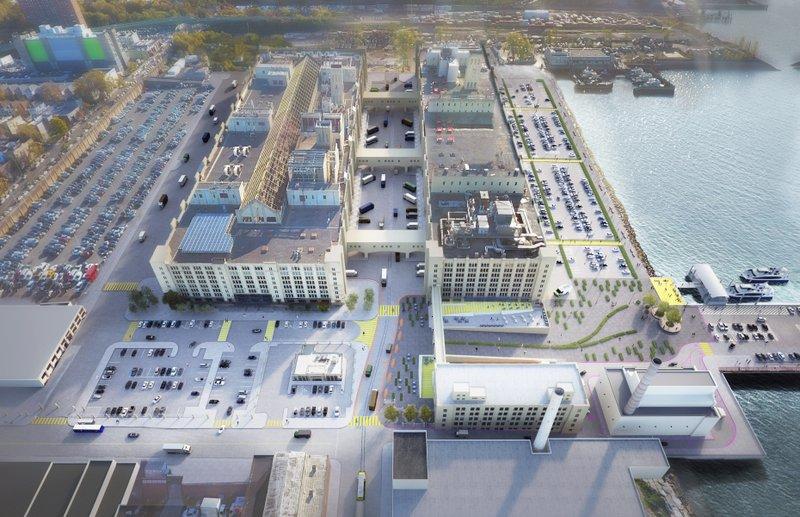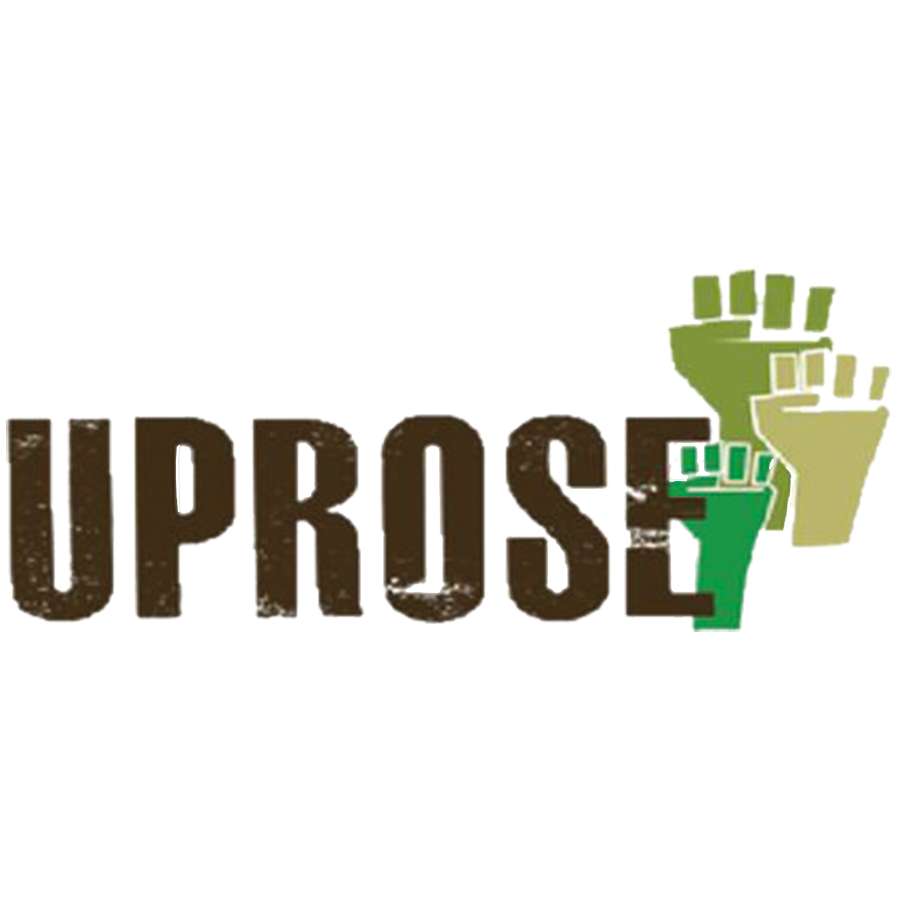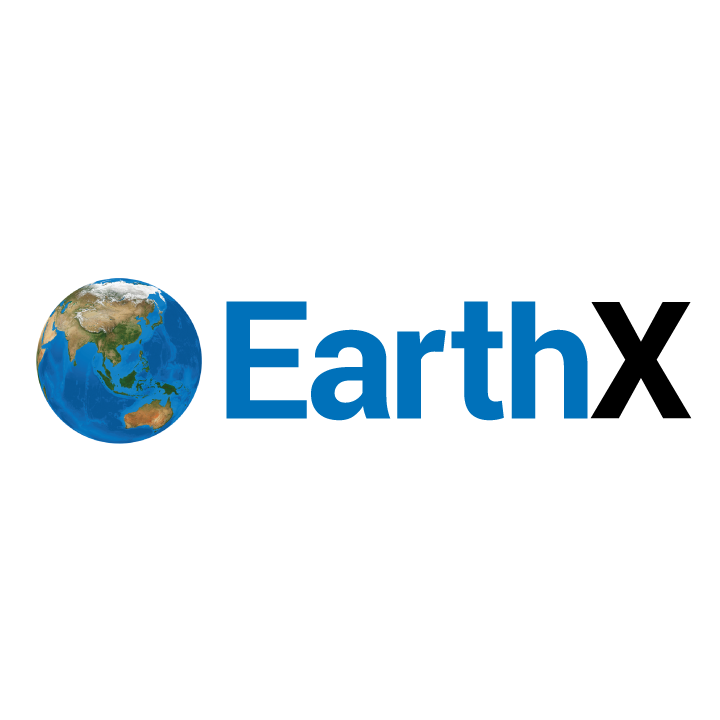Environmental Justice | New York City
by Jeremy Bloom
The issue: Grid empowerment. Local power means people power
When the Powers that Be are looking to site a pollution-spewing power plant, or a methane-leaking pipeline, or a diesel-fume-spewing transportation depot, they inevitably dump it on those without power – impoverished and minority communities. But when they’re looking to make empowering clean energy investments like solar or geothermal, they inevitably go the opposite way, helping out those who already have much and ignoring those who need it the most.
For example… if you or I were planning on building the 23rd largest power plant in the country (and a particularly dirty power plant), we probably wouldn’t put it next to a Queens, New York City playground. But that’s what Rudy Giuliani did. As part of the PowerNow! project that slapped up a dozen particularly dirty power plants (using an emergency exemption to bypass environmental reviews), the Ravenswood Generating Station in Long Island City was designed to be a “peaker plant”, and was only supposed to come online to bail out the grid at times of peak power demand (more on that later).
Even then, it and its sister generators - like the Gowanus plant in Sunset Park - were only supposed to operate for a few years, during which time cleaner facilities would be built - but that’s not the way it worked out. As New York City’s electricity needs grew, the PowerNow! stations became regular power players. And kids who play at the park next door often go home nauseous when the plant is running.
“That was an issue of environmental racism — that they had selected these sites thinking the community would not be able to fight it,” said Elizabeth Yeampierre, the Executive Director of the UPROSE community organization in Sunset Park.
And of course, this “toxic soup” has also left residents of these areas more vulnerable to the current respiratory plague, Covid-19.
Yampierre recovered from her case of Covid-19, but she lost 4 family members to the virus.
“This is our own version of Asthma Alley and these power plants are, I believe, a huge part of that,” New York City Council Member Costa Constantindes said in an interview with The Gothamist, which went on to note:
According to the New York Public Service Commission, peaker plants around the city emit twice as much carbon dioxide per unit of electricity than regular power plants and 20 times as much nitrogen oxides—responsible for high rates of respiratory illnesses like asthma, heart disease, and cancer. In the Mott Haven and Melrose sections of the Bronx, which are surrounded by peaker plants, the asthma emergency room visit rate among children ages 5 to 17 is nearly triple the citywide rate.
Why peakers? A quick lesson on the grid
Whenever you hear a “clean energy skeptic” trot out the old lie that solar and wind are useless because “the wind doesn’t always blow and the sun doesn’t always shine”, you can bet that person knows nothing about the actual function of the electricity grid.
Why? Because the grid is a balancing act, constantly in flux, with power generators coming online and offline in a delicate dance to precisely balance out the demand for electricity with the supply. If generation isn’t kept tuned just right, the grid literally crashes.
Think of it as the difference between your kitchen sink and a dam on a river. If you get too much water in your sink, it’ll overflow, which is bad. But it won’t break. On the other hand, if a river dam has too much water flowing in and not enough channels for it to flow out of, the dam could literally collapse and wash away.
The electricity grid is like that.
Which is why solar and wind are incredibly important – when the wind blows and the sun shines they contribute clean electricity, allowing production to pause at dirty coal plants. When the wind doesn’t blow and the sun doesn’t shine, other power plants are fired up…. which is just what happens all the time, every day, with normal grid-balancing operations between supply and demand.
And with the advent of battery storage, wind and solar have become even more flexible.
So why are so many big utilities and other plutocrats so opposed to solar and wind? It’s all about the difference between power, and POWER.
Let’s face it, nobody is going to build a coal-fired power plant in their backyard. They’re certainly not going to try to slap together a home nuclear reactor. Those are multi-million or multi-billion-dollar operations, that require a huge, centralized, and heavily financed operator to keep them going.
But literally anyone can have their own wind or solar setup. And that’s scary for people whose business model has always demanded a powerless captive audience and no competition.
Making an Impact: Literally bringing power to the people
UPROSE is working hard to flip that script. “Imagine a Puerto Rican recovery designed by Puerto Ricans” is their motto, and they are building tools across New York City to empower communities.
Communities like Sunset Park, which until now were not the primary target for solar. Let’s face it, when Elon Musk markets his solar roofs, he’s thinking of people who own a big home out in the country, with the resources and the space to put in a solar energy system.
But what do you do if you own a house in the Bronx or Brooklyn with limited sunlight? Or a coop or condo with no access to a rooftop? Or you’re a renter?
That’s the situation most of UPROSE’s constituents find themselves in, and it’s just one more way that environmental injustice propagates and feeds on itself.
Which is why Uprose is spearheading Sunset Park Solar, New York City’s first cooperatively owned community solar project, a 685-kilowatt installation that will be built on the old Brooklyn Army Terminal rooftop. It’s a coop, so 200 local residents will become members – and without having to run a wire to their rooftop, or even owning a rooftop, they’ll benefit from solar and see their electricity bills cut by about 20%.
Something like that takes people working together, which is why UPROSE has put together a coalition of groups:
- New York City Economic Development Corporation (NYCEDC) – This city agency is the owner of the industrial campus where the solar arrays are being sited, the old Brooklyn Army Terminal on the Sunset Park waterfront. (Since the entire setup is on the Terminal building, members of the coop don’t have to worry about having anything on their own roof – and they’re not responsible for maintenance, either)
- Solar One brings their expertise in developing solar energy on a not-for-profit basis; they will also offer a solar installation training course to local residents
- Co-op Power will own and operate the solar panels through their New York City Community Energy Cooperative
- Solar installer 770 Electric Corp. will perform the actual installation and hire six local job trainees.
- Resonant Energy is an affiliate of Co-op Power that will provide financial modeling and project management expertise
And of course, there’s UPROSE, who describe themselves as:
“An intergenerational, multi-racial, nationally-recognized, women of color led, grassroots organization that promotes sustainability and resiliency through community organizing, education, leadership development and cultural/artistic expression in Brooklyn, NY.”
“The idea for community-owned solar comes out of efforts from the climate justice community to operationalize just transitions.” Says Elizabeth Yeampierre. “…It’s about moving us away from fossil fuel extraction to regenerative energy, but also, it’s supposed to serve as an economic driver for working class communities.”
And what about Ravenswood? It won’t be shutting down just yet – a plan to restructure it as a huge battery-plant fell through (they were stiff-armed by Con Ed, so they’re searching for new partners). But its owner has rebranded it as Rise Light & Power, and they’re currently working on developing a 1200-megawatt transmission line to Upstate New York to funnel clean energy into the city, instead of firing up another fossil fuel plant.
SUNSET PARK SOLAR:
Est. Lifetime Solar Production: 19.6 million kilowatt hours
Participants: ~200 Sunset Park households and businesses
Est. Lifetime Net Savings: $1.34 million ($6,700 per participant)
Lifetime Greenhouse Gas Emissions Offset: 13,056 tons
https://twitter.com/AllyBergamin
https://www.instagram.com/allybergamin/
https://www.instagram.com/eycej/
https://www.facebook.com/EYCEJ
https://www.youtube.com/channel/UCbB2TTavQ4yVbayOW_WIRVw?feature=results_main
https://www.facebook.com/CBECAL/




